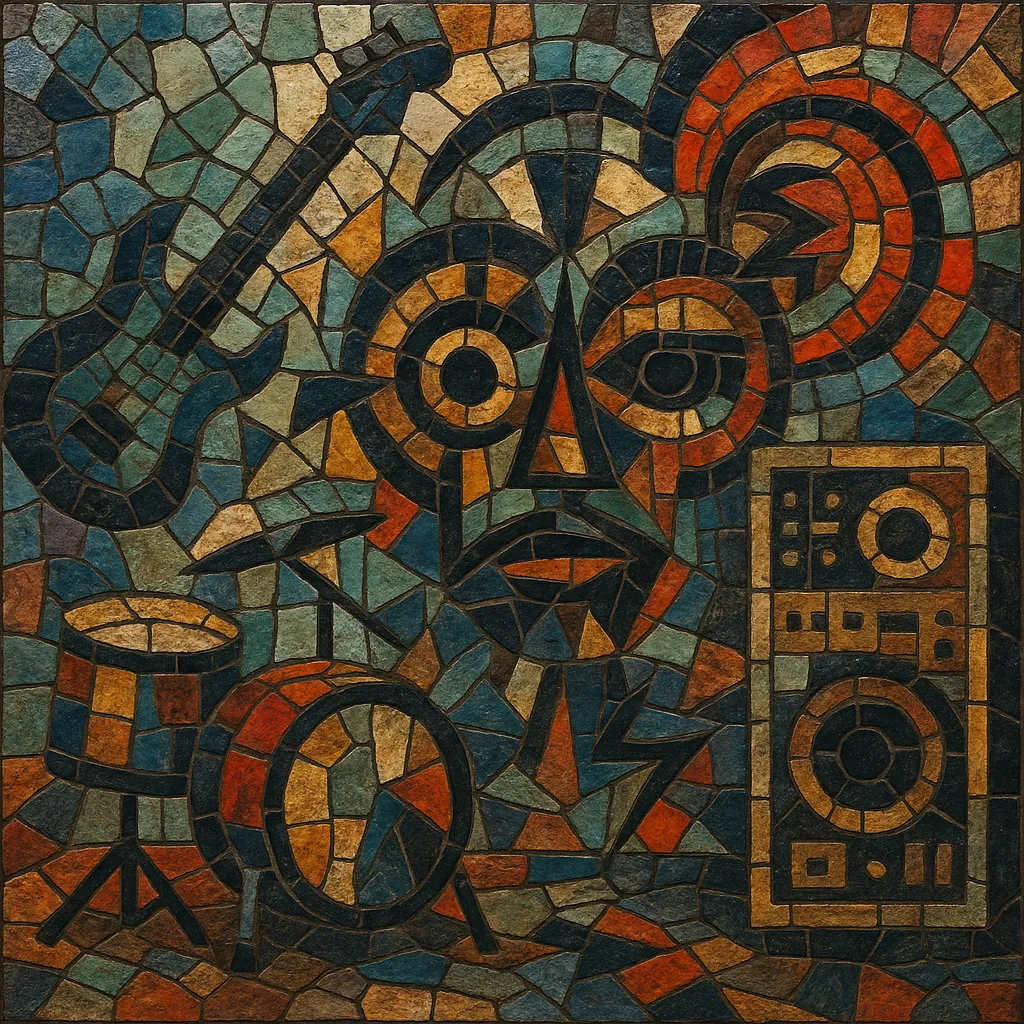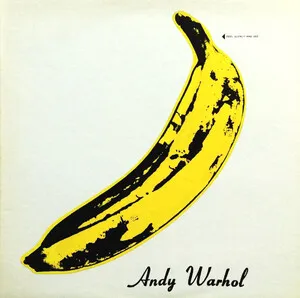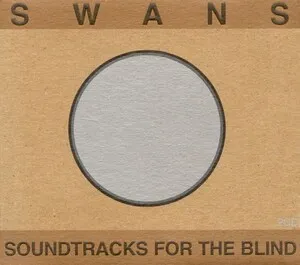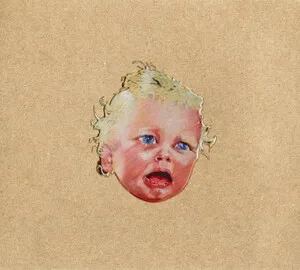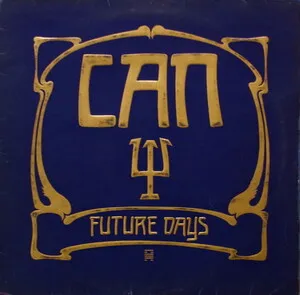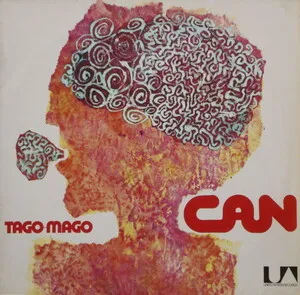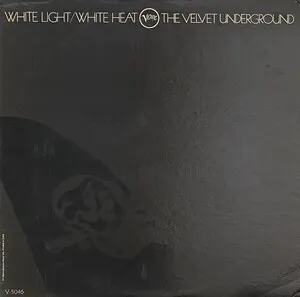Experimental rock is a broad, exploratory branch of rock music that prioritizes innovation over convention. It stretches rock’s core instrumentation and song forms through unusual timbres, extended techniques, nonstandard tunings, chance procedures, and studio-as-instrument production.
Drawing on avant-garde composition, free jazz, minimalism, and electronic/tape music, experimental rock often rejects verse–chorus structures in favor of drones, suites, collage, and improvisation. It embraces dissonance and noise as expressive tools, employs odd or fluid meters, and incorporates non-rock instruments, found sounds, and unconventional recording methods. The result is a lineage of music that treats rock not as a fixed style but as a laboratory for new sound worlds.
Experimental rock coalesced in the mid-to-late 1960s as rock musicians absorbed ideas from the postwar avant‑garde. The Velvet Underground and Frank Zappa/The Mothers of Invention fused noise, minimalism, free improvisation, and tape experimentation with rock rhythm sections. Captain Beefheart twisted blues frameworks with surrealism and atonality, while early Pink Floyd and other psychedelic acts stretched songs into sound experiments. These artists reframed the studio as an instrument, borrowing techniques from musique concrète and tape music.
In the 1970s, German groups such as Can and Faust (often grouped under “krautrock”) pushed trance-like repetition, improvisation, and non-Western rhythms, intersecting with minimalism and early electronics. Parallel strands in the U.S. and U.K. blurred boundaries with performance art and conceptual music, laying groundwork for both progressive and anti-virtuosic paths. The period cemented experimental rock as a continuum rather than a single style: from song deconstruction and collage to motorik grooves and extended jams.
Post-punk turned experimentation into a scene-wide ethos. Pere Ubu, This Heat, and later Sonic Youth and Swans folded dissonance, alternative tunings, and drone/noise textures into rock idioms. DIY recording and art-school contexts encouraged radical form, while New York’s no wave movement applied abrasive minimalism and free-jazz energy to rock instrumentation.
With digital production, artists increasingly treated tracks as modular sound objects. Talk Talk’s late-era work and Radiohead’s Kid A-era experiments merged art rock with ambient, electronic, and electroacoustic methods. Independent scenes embraced texture-forward songwriting, polyrhythms, and unconventional forms, influencing indie, noise, and post-rock.
Experimental rock remains a porous umbrella. Artists continue to explore microtonality, algorithmic processes, spatial audio, and cross-cultural instrumentations. The genre functions as a research-and-development wing of rock, where new sonic grammars are prototyped and later absorbed by adjacent styles.

